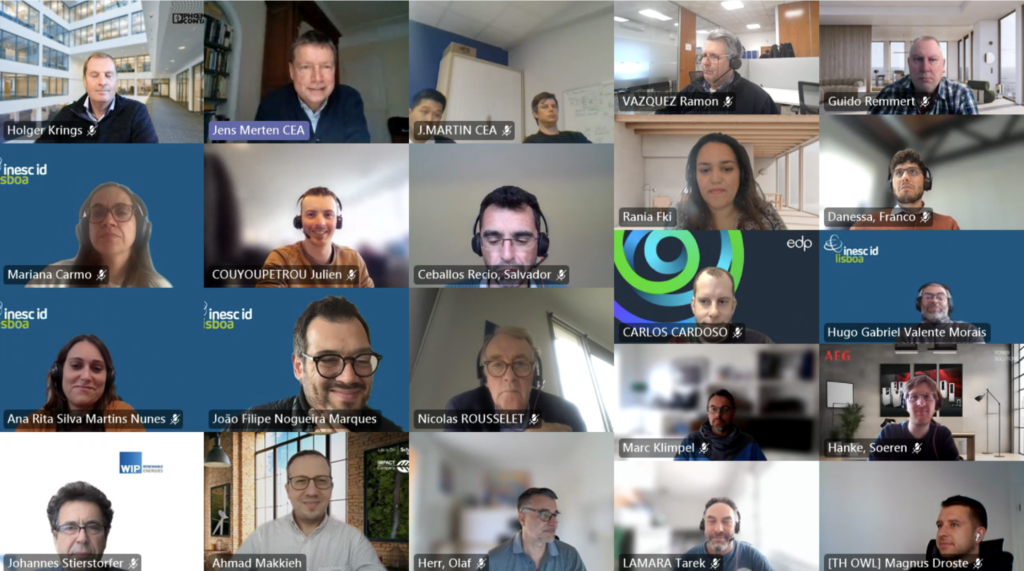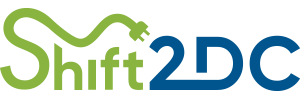
On March 17th, Shift2DC organized the first joint webinar with its sister project DC-POWER, bringing together over 50 members from both consortiums to present and discuss solutions on “Architectures, Grounding, and Protection Schemes of DC Grids.”
The webinar began with a project presentation by Jens Merten, the DC-POWER project coordinator from CEA (the French Alternative Energies and Atomic Energy Commission).
The DC-POWER project proposes a local medium voltage direct current distribution bus architecture – the D3Bus (for Dual DC Distribution Bus) – at the Megawatt level, building on work done on low voltage DC distribution grids for lower power levels and extending this into the medium voltage range. D3Bus is envisioned to manage electric power distribution at building/site level, incorporating industrial high-power loads as well as local energy generation and storage. This will be demonstrated in two operational pilots, in a data centre and in an industrial application.
Next, Hugo Morais, Shift2DC project coordinator at INESC-ID, presented the core aspects of the project, highlighting key differences between the two Horizon Europe initiatives: DC-POWER primarily focuses on medium-voltage solutions, whereas Shift2DC is centered on low-voltage applications. Additionally, Shift2DC is strictly aligned with existing European ecosystems and designed to be fully compliant with them. Hugo also emphasized that the two consortiums have complementary areas of expertise, making joint activities highly productive and beneficial.
Following the project introductions, the meeting proceeded with a presentation Julien Couyoupétrou from Sécheron SA (DC Power consortium), who launched a discussion on Grounding and protection schemes.
From the Shift2DC consortium, Ahmad Makkieh, EU Direct Current Project Manager at Schneider Electric, shared a look into the main technical challenges in DC microgrid implementation. His presentation covered key topics such as: Grounding & Corrosion Risk, the need of a detailed protection plan with a Single Line Diagram (SLD) and protection function descriptions, among other issues.
The meeting concluded with an open discussion among participants from both consortiums, setting the ground for future collaborations. As a meeting wrap up, both project coordination teams agreed on the importance of continuing the dialogue and organizing additional meetings to explore other key DC-related topics.




Comments are closed.